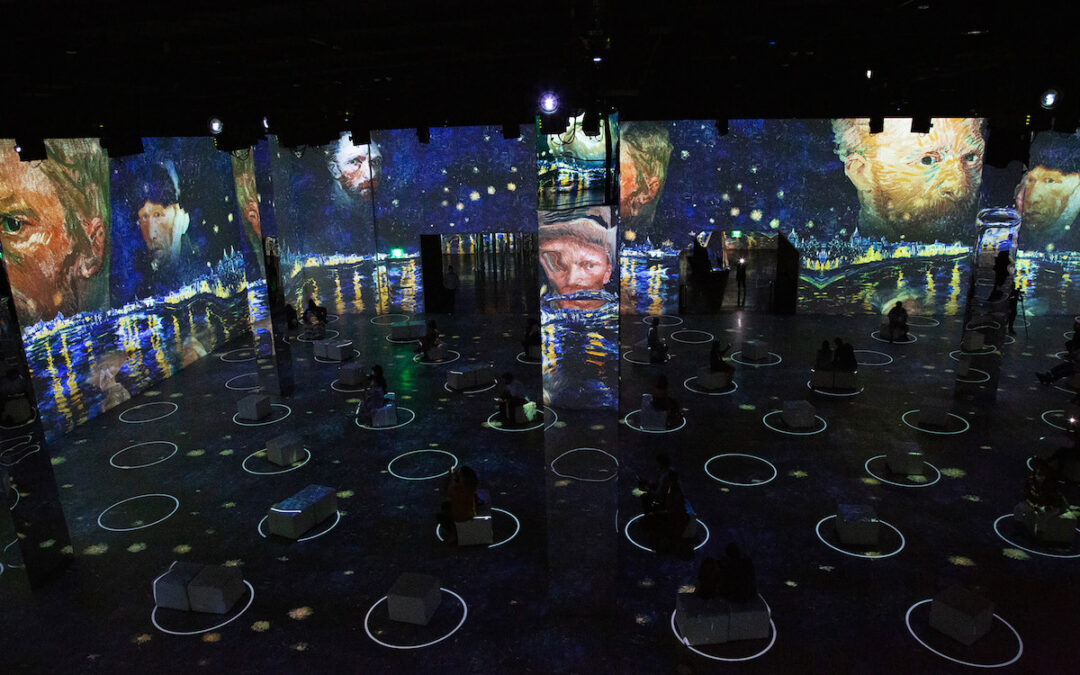Doubtless you’ve seen the billboards: the Immersive Van Gogh exhibit has shown in cities across North America, and now it’s Los Angeles’ turn. It’s Time To Gogh! commands the sign, and I oblige, stepping into the old Amoeba building on Sunset Boulevard, which will...

It’s a Vincent Van A Gogh-Gogh! Review of the Van Gogh Immersive Experience
read more


